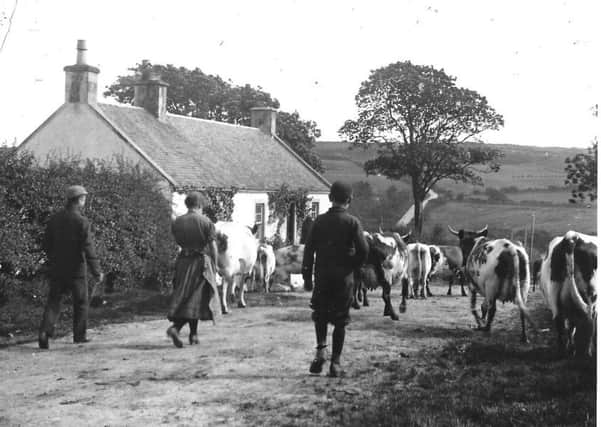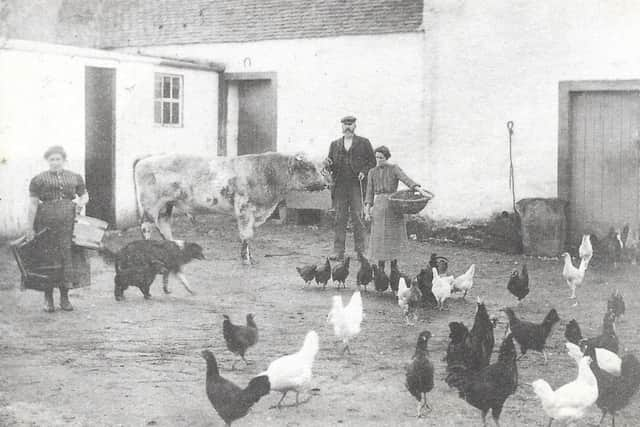Column - Looking at Bute's farming history


Over the past six years work has been continuing to collate information to create a comprehensive history of each of the farms individually.
A few farms are in record since 1440, eg Meikle Kilchattan, with many more listed in a 1506 List of Rentallers. More ‘recent’ records are from the Old Parish Records (1685 – 1854) and all the censuses between 1841 and 1911. In addition to the basic facts of who lived on the farms, up to five families in some cases, more colourful stories are to be found in old books, newspapers and Girdwood’s Record of Rural Affairs.
Advertisement
Hide AdAdvertisement
Hide AdFrom the Rothesay Session Book of 1710 there is the story of Thomas Heman (Hyndman) and his family at Greenan, who on a summer morning were working away happily when they became aware of neighbours returning from church. Thomas hadn’t noticed it was the Sabbath and was duly hauled before the Kirk Session to beg forgiveness for his ‘sin’.


A very much sadder story occurred at Ardnahoe 177 years later. According to the Rothesay Chronicle, on the night of July 5, 1887 a barn caught fire, the flames spread to a nearby building and seven Irish ‘tattie howkers’ died in the conflagration. It was only a change of wind direction which saved the farmhouse from being burned to the ground.
Through the censuses and earlier records individual farming dynasties can be tracked over time – some moving between farms and others tenanting the same place for generations and, indeed, centuries. A good example is the Lyons at Drumachloy who are first recorded in 1755, and probably earlier, right up to today.
In the late 18th and 19th centuries large families were the norm and marriages between the inhabitants of neighbouring farms was common. Displayed in the entrance hall of the museum is the large photograph of the “Glecknabae Wedding”. There are 93 people in this picture taken in 1897 at the marriage of Andrew Baird and Euphemia Martin. Nearly all have been identified by descendants and they represent a large proportion of the farms and families of the farming community.
Bute Farmers Society, later renamed Bute Agricultural Society, held its first meeting on March 11, 1806 when 31 subscribers agreed to pay 2/6d each as an annual membership fee.
Today there are 93 farms with some details recorded in the museum but we are always happy to receive information, photographs and artefacts relating to this very specific, and fascinating, area of local history.